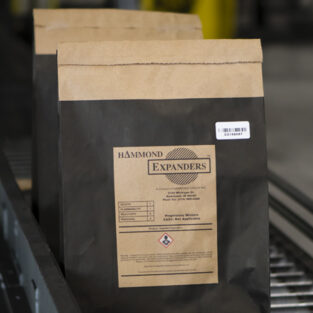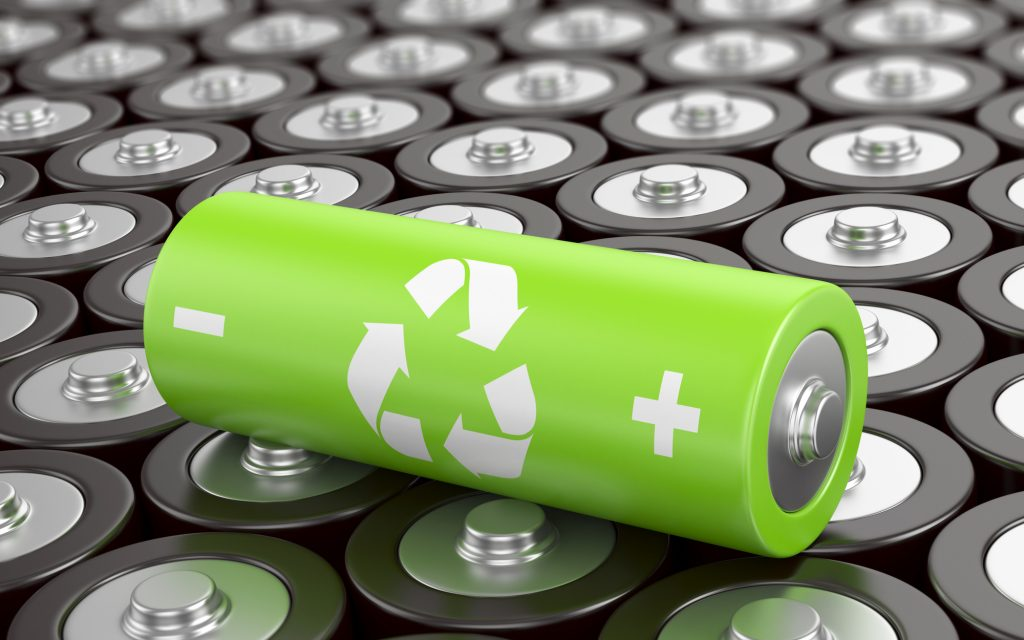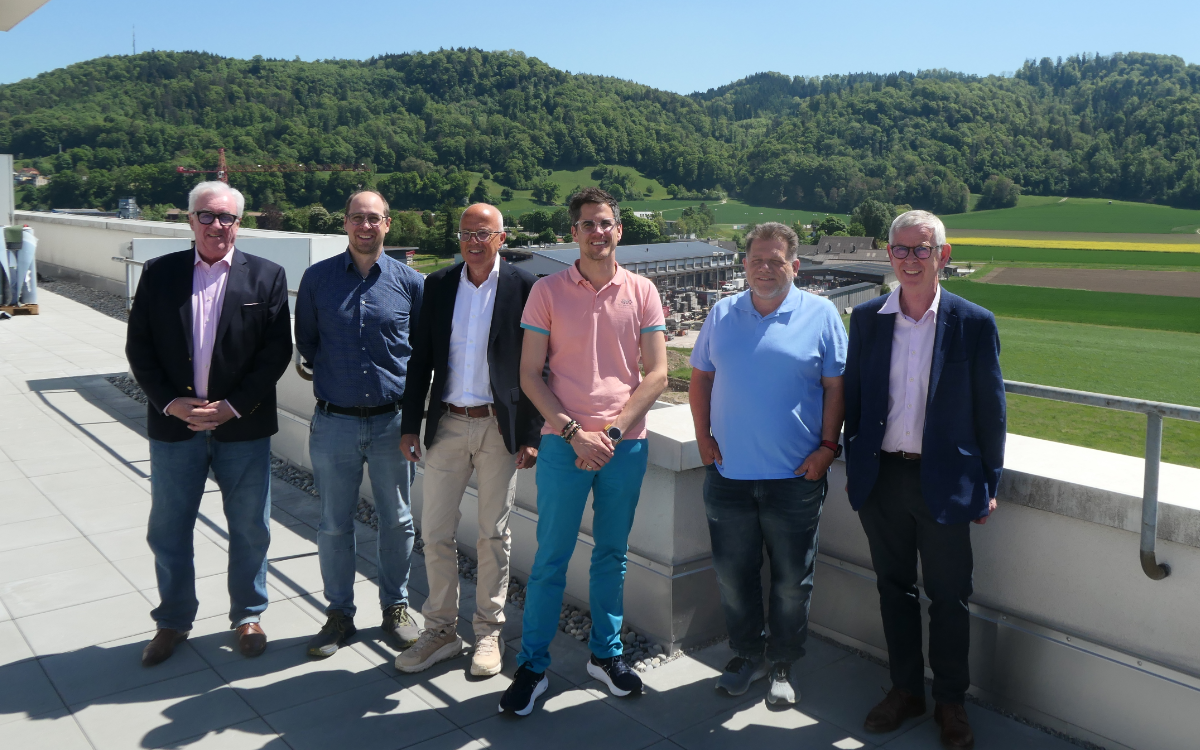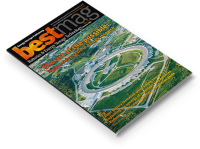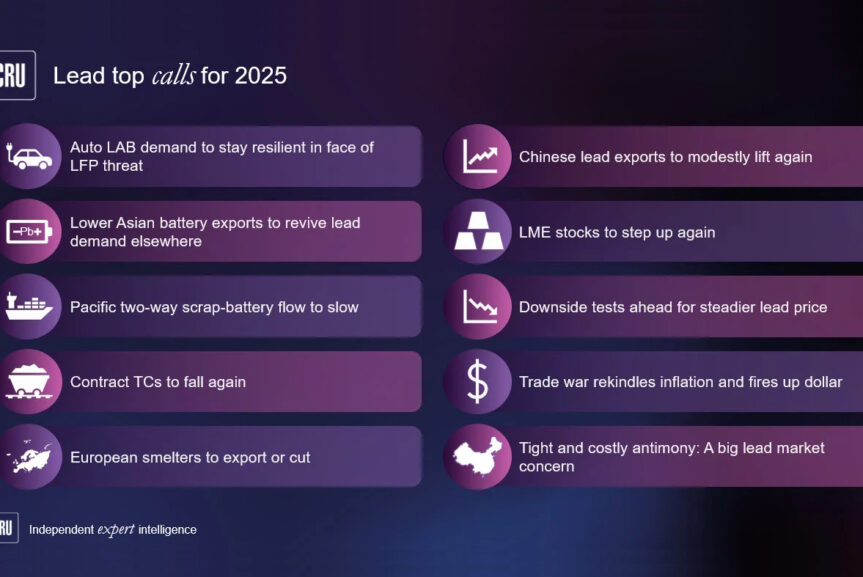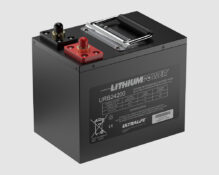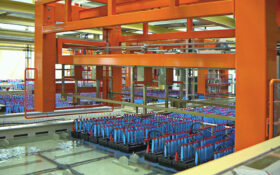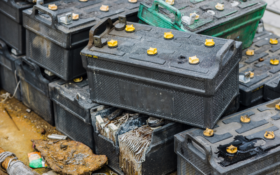A series of additives designed to increase the performance capabilities of enhanced flooded lead-acid batteries has been launched by US speciality chemical firm Hammond Group.
The company’s AE-EFB series of negative expanders is the latest addition to its Advanced Expander product line.
Most research around EFB additives is based on the form of carbon used in the expanders and repressing the water loss associated with increasing the carbon content in the negative paste.
Hammond’s technology is added to the battery’s negative active material to reduce this water loss while improving capacity, cold cranking performance, cycle life, charge acceptance, and partial-state-of-charge cycling, say the firm.
Hammond’s 120 negative expander formulations are tailored for specific applications such as motive (SLI), stationary (float and off-grid energy storage), and other deep-cycle applications.
Dr. Marvin Ho, Hammond’s CTO, said: “The automobile OEMs continue to set tougher requirements for enhanced flooded batteries to increase battery life and performance. Reducing water loss while maintaining high charge acceptance has been the challenge.
“Our researchers have developed additives utilising new materials to meet these requirements. Enhanced flooded battery research will continue, as we know there are more gains that we can achieve with our products in the near future.”
Hammond’s state-of-the-art research center is globally recognised as a leader in advancing lead-acid battery performance.
BEST insight by our technical editor Dr Mike McDonagh:
There are a variety of additives to the negative paste of LABs, the three most common being: barium sulphate, lignosulphate and carbon.
There is ongoing research into these additives by all companies, particularly the forms of carbon.
The aim is to increase the negative plate performance in PSoC applications (start-stop) by increasing the charge acceptance. The enhanced flooded battery was conceived as a replacement for standard flooded batteries and also VRLA batteries in this application.
It is basically a bigger battery which means it does not get discharged as much and will accept higher currents from an alternator in low states of charge than either the standard sealed flooded battery of (or) the VRLA. It is also cheaper than the VRLA.
The enhanced additives are to make it even better by increasing performance and reducing water loss and should provide an alternative to LiFePO4 lithium-ion batteries being promoted for this use.

